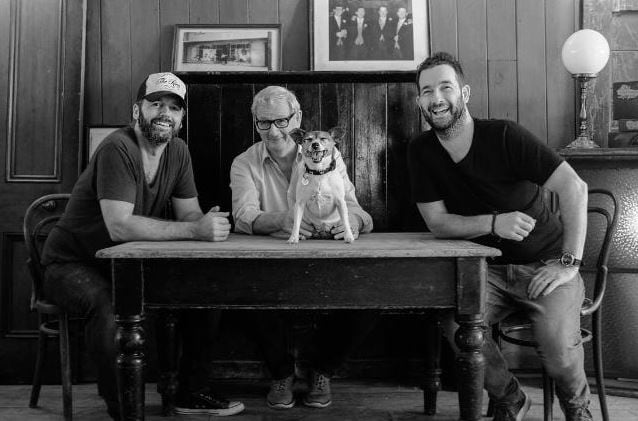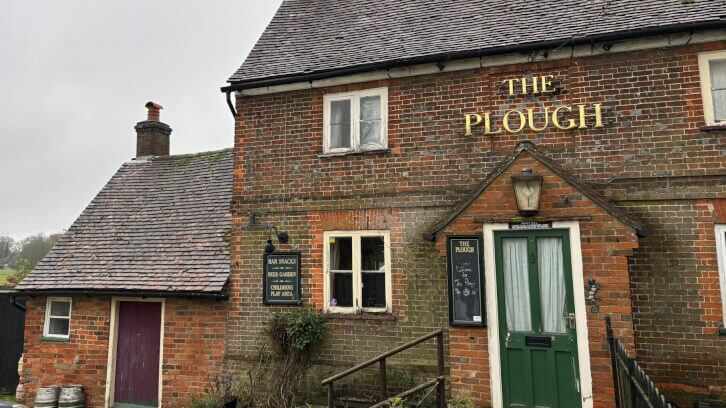To the casual observer, it would appear the sector is doomed. However, to those deeply involved in the industry, this image seems far from the truth. I would argue that today we have a more vibrant, better-invested pub landscape than ever before.
Back in the early 1980s as an 18-year-old school leaver who got an early taste for a decent pint, finding myself with a job working for a brewery seemed like a no-brainer. Perks included a 'beer allowance' – what more could anyone want? So off I went to Tadcaster to work for John Smith’s, one of three breweries in the town.
Back then the sector was dominated by six national brewers, Allied, Bass, Courage (inc John Smith’s), Grand Metropolitan, Scottish & Newcastle and Whitbread, as a means to sell their own product. By the end of the 1980s, the 'big six' owned 34,000 pubs between them – 45% of the total in the UK and supplied 75% of the beer going to the on-trade, where 84% of beer was drunk.
During this era, the pub scene was very different to today, characterised by wet-led, male-dominated environments with basic facilities and food options (think pickled eggs or a curled up sandwich that sat beneath a Perspex display at the edge of the bar). They were often situated in heavy industrial areas, catering to working-class communities looking to rehydrate after a hard day’s physical labour.
It was not surprising the Monopolies & Mergers Commission turned its attention to the sector, publishing the Beer Orders at the end of 1989, which compelled the big six to sell or go free-of-tie on half of their pubs above a 2,000-site threshold within two years. This affected nearly 11,000 pubs and saw the birth of newly found pubcos such as Punch Taverns and Enterprise Inns.
Managed pubs
By the 1990s, the landscape was very different. Traditional 'boozers' were replaced by larger, managed pubs run by the likes of Surrey Free Inns, Regent Inns, JD Wetherspoon and Tom Cobleigh, to name a few.
Despite a reduction in absolute pub numbers, the overall market capacity and size remained substantial. Food became commonplace as operators tapped into the growing eating-out trend and money was being spent on refurbishing pubs and building professionally run managed house portfolios.
The Beer Orders was revoked in 2001, signalling a period of mergers and acquisitions. Highly leveraged, ‘super pubcos’ like Punch Taverns and Enterprise Inns emerged as an unintended consequence (a theme of Government intervention), albeit the global financial crisis led to the divestment of thousands of pubs some years later.
Fast forward to today and we have around 42,500 pubs, 10,000 of which are directly managed, around 12,500 owned by brewers and pubcos, and the balance of around 20,000 in the freehouse sector.
Yes, the landscape is leaner, but it is more balanced and the pubs we have are larger and higher quality. They now provide a wide range of facilities from food, entertainment co-working and experiential leisure and they appeal to a broad range of age and demographics in an inclusive environment.
Increasing cost pressures
Pubs form part of the wider hospitality sector, which is the third largest employer in the UK and has accounted for 17% of overall UK employment growth between 2009 and 2019 placing it fifth out of 20 industries (Source: The Economic Contribution Of The UK Hospitality Industry – Ignite Economics).
Of late, the sector has grappled with increasing cost pressures, with energy cost hikes, staffing issues and inflation, making for an unpleasant cocktail of issues. However, top-line performance remains resilient, affirming consumers have not fallen out of love with the great British pub.
Quite frankly, the alarmist claims of pub closures do not resonate with our own experience of the market, as the leading agent in the sector. Our latest analysis of Christie & Co sales demonstrated that 86% of freehold pubs sold will remain as pubs, the same as last year. Of those sold for alternative use, 60% will be converted for residential purposes.
The pub is a great British institution which has survived wars, pandemics, and economic crises. While the landscape will continue to evolve, pubs have cemented their place in the fabric of society and will surely thrive and survive for another 1,000 years.




